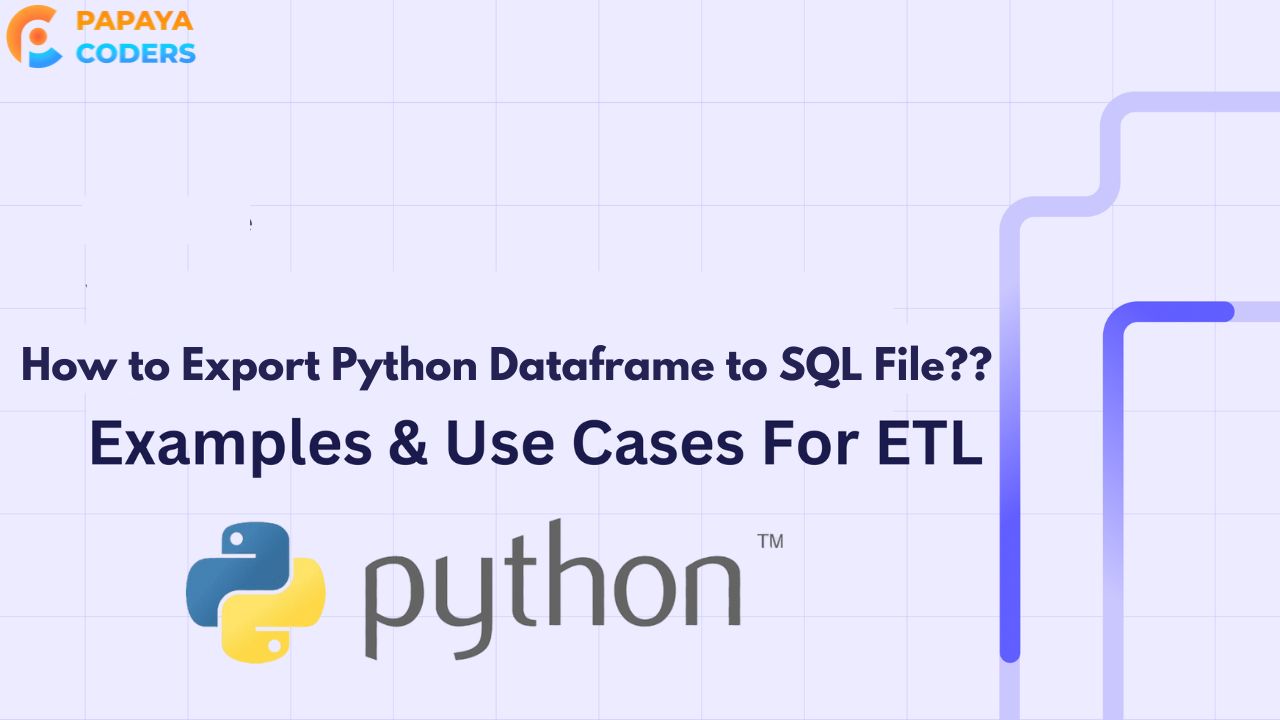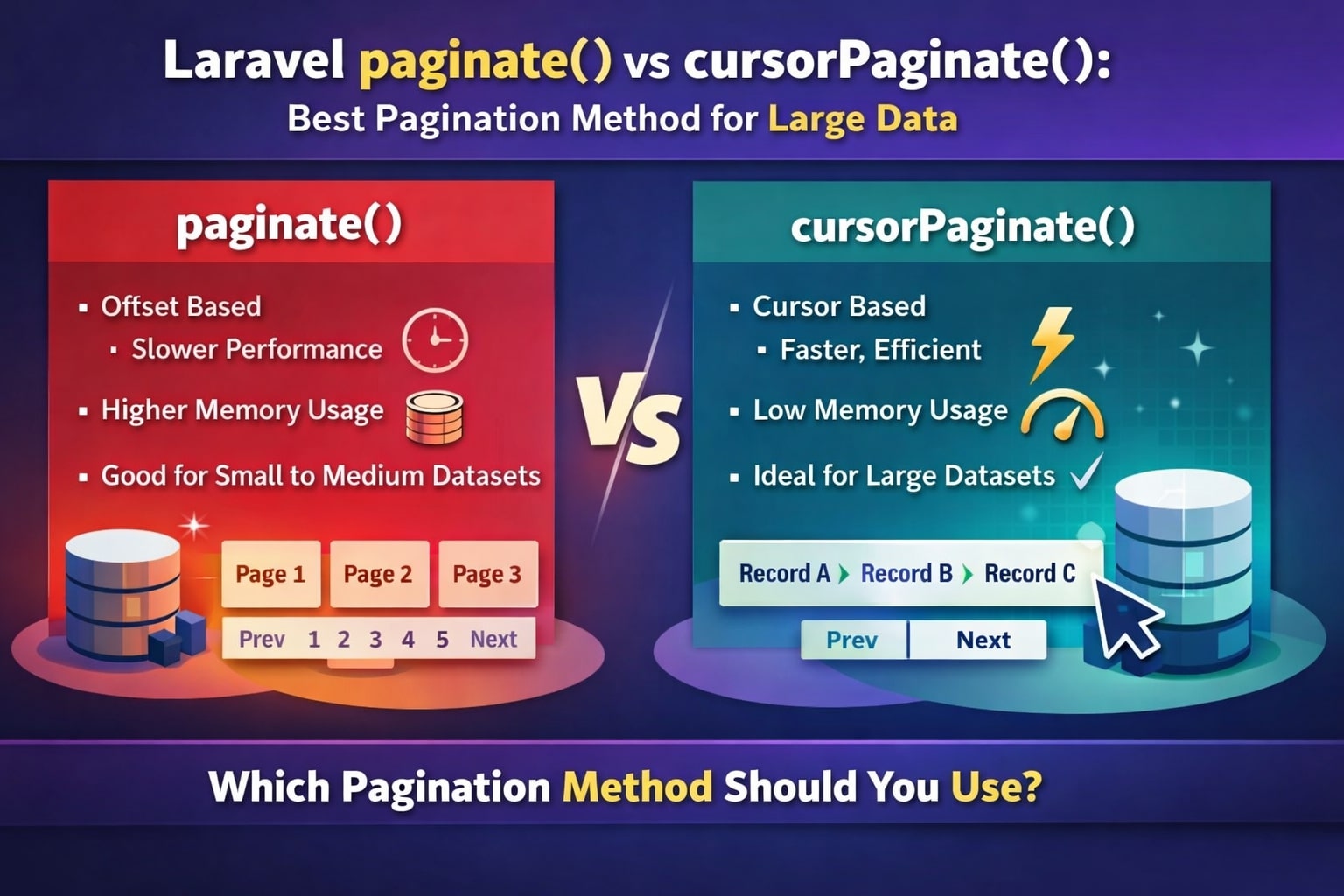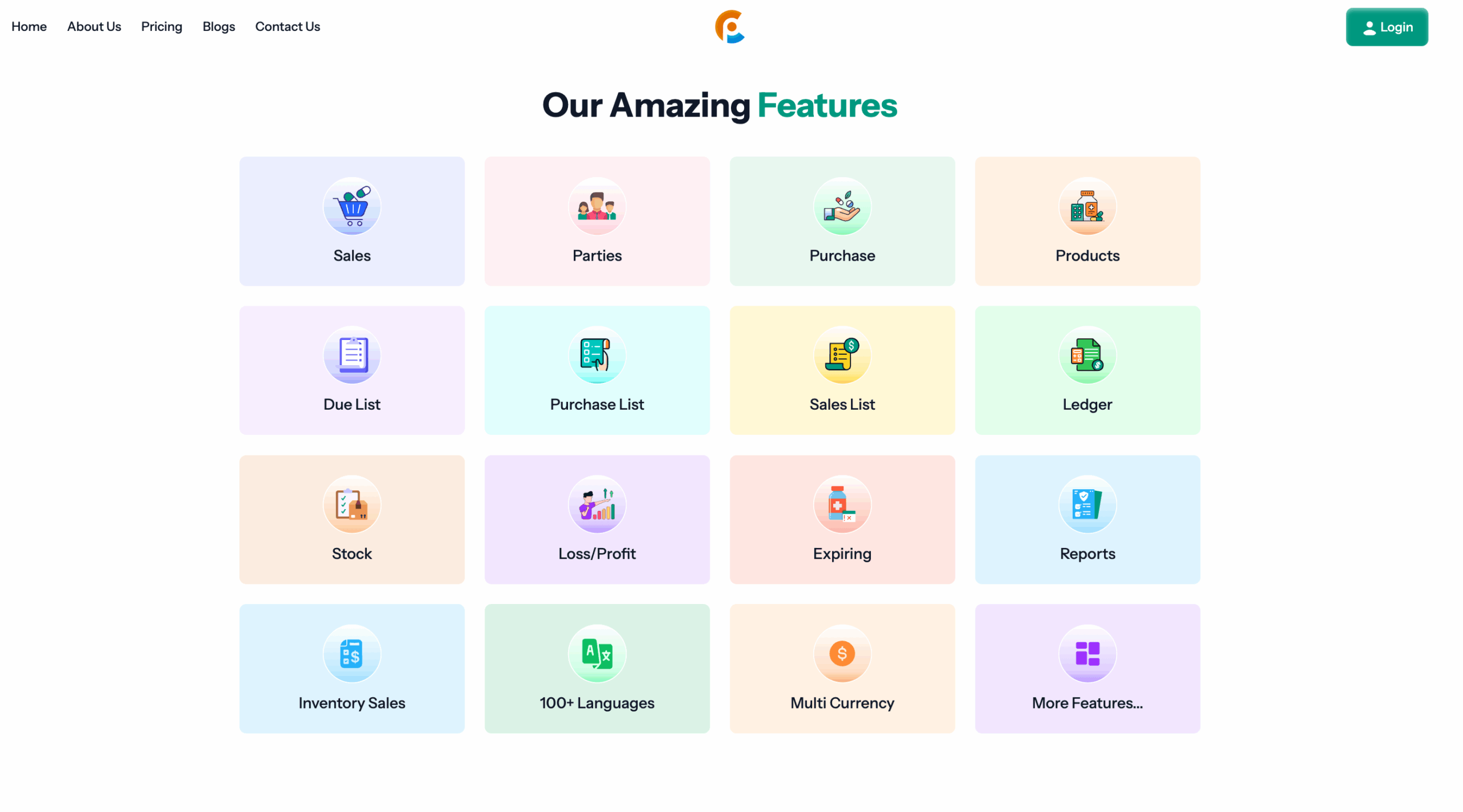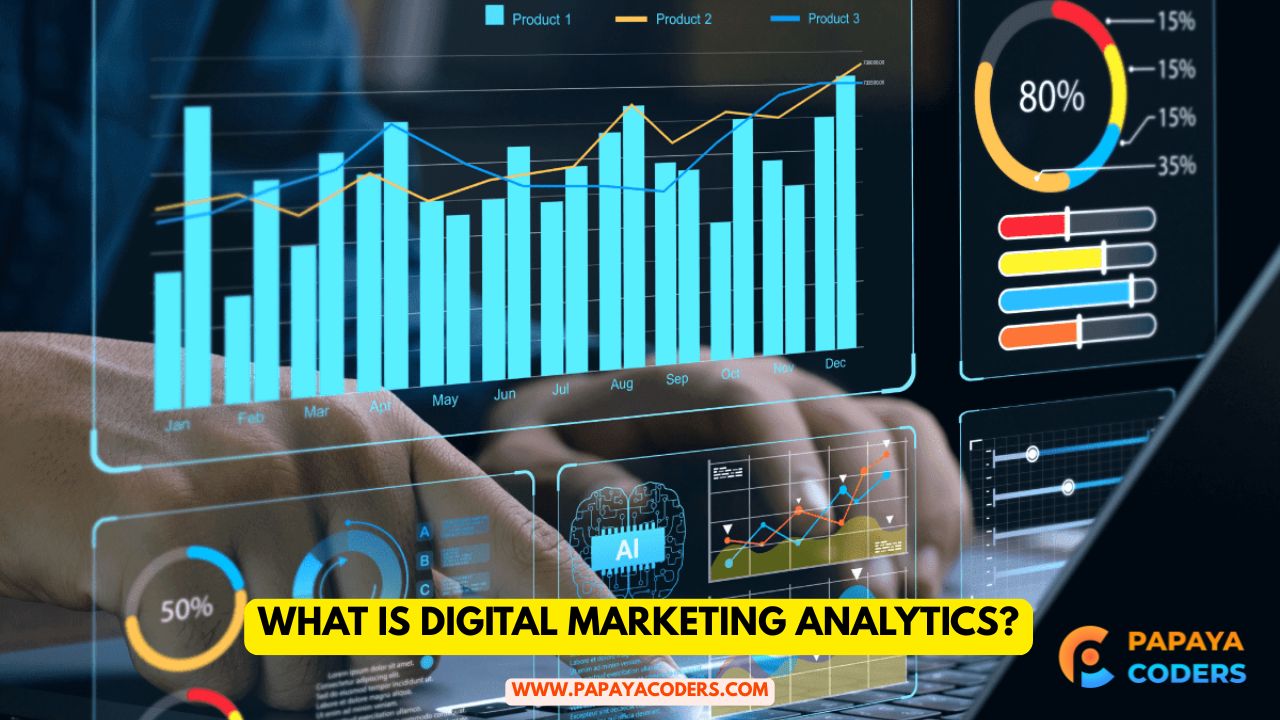If you want to know the How to Export Python Data frame to SQL File?? then you landing the perfect website blog ! Exporting Python data frames to SQL files is a vital skill for data scientists and developers working with relational databases.
This guide will explore the step-by-step process of seamlessly transferring data from a data frame to a SQL file using Python. Let’s define it!
What is a Python Data Frame?
A frame is a two-dimensional, tabular data structure provided by the pandas library in Python. It is one of the most versatile tools for data manipulation and analysis. On the other hand, SQL files store data in a structured format, enabling efficient querying and management within the database.
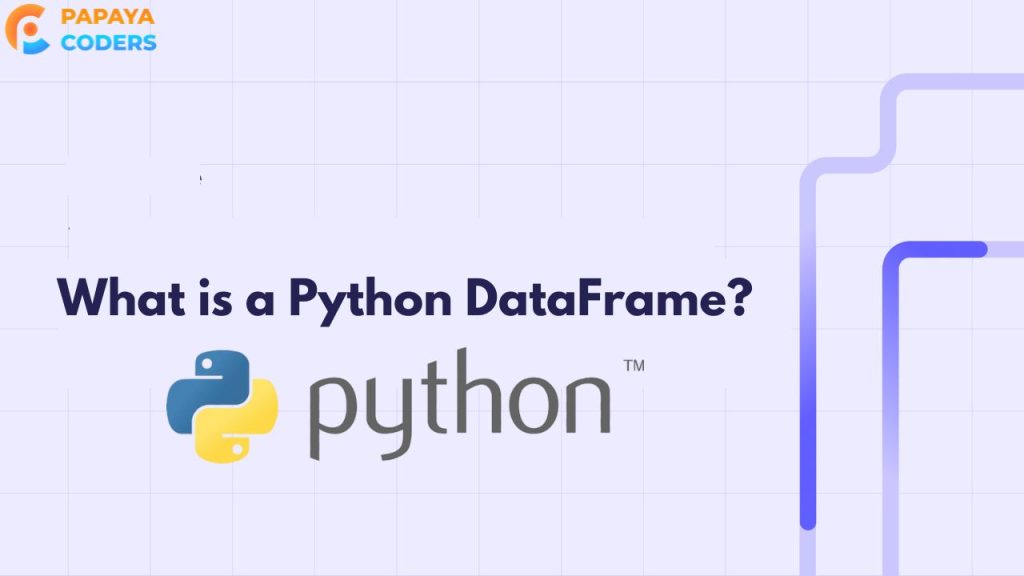
Prerequisites for Exporting Python Data Frame to SQL File
Before we dive into the process, ensure you have the following:
- Python Installed: Download and install Python from python.org.
- Pandas Library: Install Pandas by running:bashCopy code
pip install pandas - SQLAlchemy Library: Install SQLAlchemy for database connection:bashCopy code
pip install sqlalchemy - Database Setup: A database management system like SQLite or MySQL.
Steps to Export Python Data Frame to SQL File
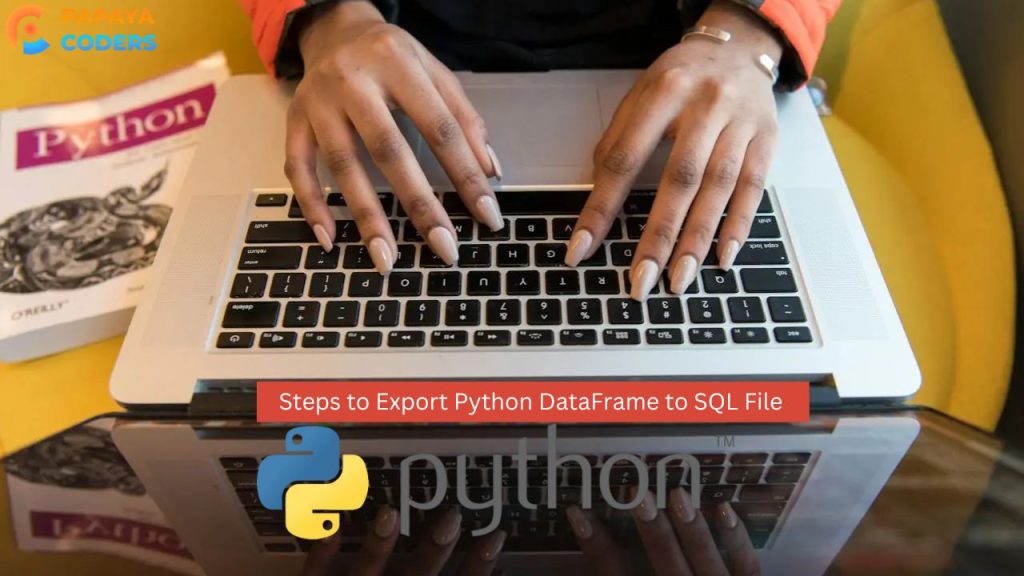
1. Creating a DataFrame
import pandas as pd # Sample data data = { ‘Name’: [‘Alice’, ‘Bob’, ‘Charlie’], ‘Age’: [25, 30, 35], ‘City’: [‘New York’, ‘Los Angeles’, ‘Chicago’] } # Create DataFrame df = pd.DataFrame(data) print(df)2. Establishing a Database Connection
You need to connect Python to a database to export the DataFrame to an SQL file. SQLAlchemy makes this process simple.
For example, to connect to an SQLite database:
from sqlalchemy import create_engine # Create a database connection engine = create_engine(‘sqlite:///example.db’)3. Exporting the DataFrame to an SQL File
Once the connection is established, you can use the to_sql() method to export the DataFrame.
pythonCopy code# Export DataFrame to SQLdf.to_sql('users', con=engine, if_exists='replace', index=False)
'users': The table name in the database.if_exists='replace': Replace the table if it already exists.index=False: Prevents exporting the DataFrame index as a column.
Best Practices for Exporting Data
- Clean the Data: Ensure the DataFrame has no missing or invalid values.
- Predefine Data Types: Specify column data types to avoid errors during export.
- Backup Data: Always back up your database before replacing tables.
Common Errors and How to Fix Them
- Connection Error:
- Ensure the correct database URL is used.
- Install the required database connector (e.g.,
mysql-connector-pythonfor MySQL).
- Duplicate Table Error:
- Use
if_exists='append'if you want to add data to an existing table instead of replacing it.
- Use
- Encoding Issues:
- Specify encoding when exporting large datasets:pythonCopy code
df.to_sql('users', con=engine, if_exists='replace', index=False, chunksize=1000)
- Specify encoding when exporting large datasets:pythonCopy code
Advantages of Exporting Python DataFrame to SQL
- Scalability: SQL files are ideal for handling large datasets.
- Integration: Easily integrate with web applications and analytics tools.
- Efficiency: Simplifies data storage and querying.
Real-World Applications
- Data Migration: Transfer data from spreadsheets to relational databases.
- Analytics Reporting: Use SQL files to build dashboards and generate reports.
- Data Archiving: Store historical data for future use.
Conclusion:
Exporting a Python data frame to an SQL file using Pandas and SQLAlchemy is straightforward. Following the steps outlined in this guide, you can effectively manage your data and make it accessible to SQL-based applications.
You can follow Papayacoders on Twitter, Facebook, Instagram, and Google News. Visit papayacoders.in for the most recent news, reviews, and tech guides. In my previous blog on Create Best App for Your Business, I ended the post by linking to one of our final guides.
Start practicing today and unlock the power of Python and SQL integration!

